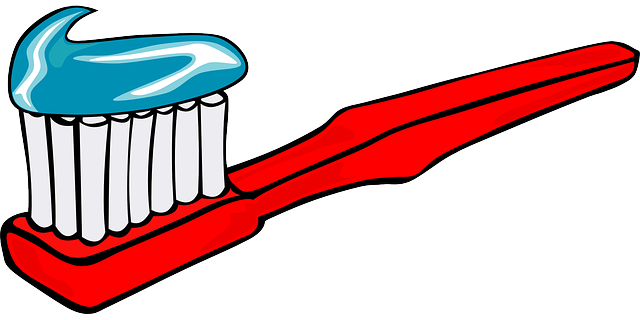Denver prioritizes sustainable city planning through tree preservation, particularly against the invasive Emerald Ash Borer (EAB). Combating EAB requires a strategic approach including biological control, tree banding, and insecticide applications. Quick action, regular monitoring, and community involvement are key to preserving the urban forest's health and aesthetic value for future generations, focusing on treatment in Denver neighborhoods.
In urban landscapes, trees are vital for environmental health and community aesthetics. However, pests like the Emerald Ash Borer (EAB) pose significant threats to ash tree populations. This article explores strategies for urban tree preservation, focusing on EAB treatment in Denver neighborhoods. We delve into understanding EAB impacts, managing infestations, and fostering community involvement to ensure long-term tree care success. Discover effective approaches to protect these invaluable urban green spaces.
- Understanding Urban Tree Preservation: The Role of Emerald Ash Borer Treatment in Denver
- Identifying and Managing the Impact of Emerald Ash Borer Infestations
- Community Involvement: Strategies for Effective Tree Care and Long-term Preservation
Understanding Urban Tree Preservation: The Role of Emerald Ash Borer Treatment in Denver

In urban environments, tree preservation is a vital component of sustainable city planning. Denver, like many cities, faces unique challenges when it comes to maintaining its urban forest, particularly with the presence of the invasive Emerald Ash Borer (EAB). This small but destructive beetle has caused significant damage to ash trees across North America, including Denver’s neighborhoods. Understanding and implementing effective EAB treatment strategies are crucial for preserving these essential urban trees.
The treatment for Emerald Ash Borer in Denver neighborhoods involves a comprehensive approach. Arborists and urban forest managers employ various techniques such as biological control, tree banding, and the application of insecticides to protect ash trees. By targeting specific life stages of the borer, these treatments aim to disrupt their ability to reproduce and feed on ash tree tissue. Prompt action and regular monitoring are key to preventing widespread ash tree loss, ensuring the health and beauty of Denver’s urban landscape for years to come.
Identifying and Managing the Impact of Emerald Ash Borer Infestations

In urban areas like Denver, identifying and managing Emerald Ash Borer (EAB) infestations is a critical component of tree care and preservation efforts. The EAB, an invasive insect, has caused significant damage to ash trees across North America, including Denver’s diverse neighborhoods. Recognizing the early signs of an infestation is key; these include noticeable defoliation, D-shaped exit holes in the bark, and small, distinctive notches on branches. Once detected, prompt action is necessary. The treatment options for EAB in urban settings often involve a combination of strategies, such as targeted insecticide applications, tree banding, or the introduction of beneficial insects that prey on the borers.
For Denver neighborhoods, community collaboration with local arborists and urban forest managers is essential to effectively combat EAB outbreaks. Regular monitoring, early detection programs, and accessible treatment options can help preserve the city’s beloved ash trees, ensuring their longevity and contributing to a vibrant urban landscape. Effective management of EAB infestations not only protects the health of ash trees but also maintains the overall beauty and ecological balance of Denver’s diverse neighborhoods.
Community Involvement: Strategies for Effective Tree Care and Long-term Preservation

Community involvement is a cornerstone of successful urban tree preservation. Engaging residents, local businesses, and community groups in tree care initiatives fosters a sense of ownership and stewardship. This can manifest through various strategies such as public education programs that teach about the importance of trees and the signs of common pests like the Emerald Ash Borer (EAB), which has been a significant issue in Denver neighborhoods. Encouraging citizen science by training locals to identify EAB damage and report it early can help in timely treatment, ultimately saving ash trees from infestation.
Moreover, community involvement strengthens the long-term preservation efforts. Collaborative tree planting events, where residents actively participate in planting new trees or replacing diseased ones, not only enhances urban greening but also deepens connections to the environment. Regular neighborhood clean-up drives and tree maintenance workshops can empower communities to take charge of their local ecosystems, ensuring that trees are properly pruned, watered, and protected from pests and diseases like EAB, thus promoting a healthier urban forest for future generations.
Urban tree preservation is vital for fostering vibrant, sustainable cities. By understanding the impact of insects like the Emerald Ash Borer and implementing effective treatment strategies, such as those used in Denver neighborhoods, communities can protect their urban forest. Engaging residents through community involvement and education is key to long-term success in managing and preserving these valuable green spaces. Adopting proactive measures ensures a healthier, more resilient urban environment for generations to come.
